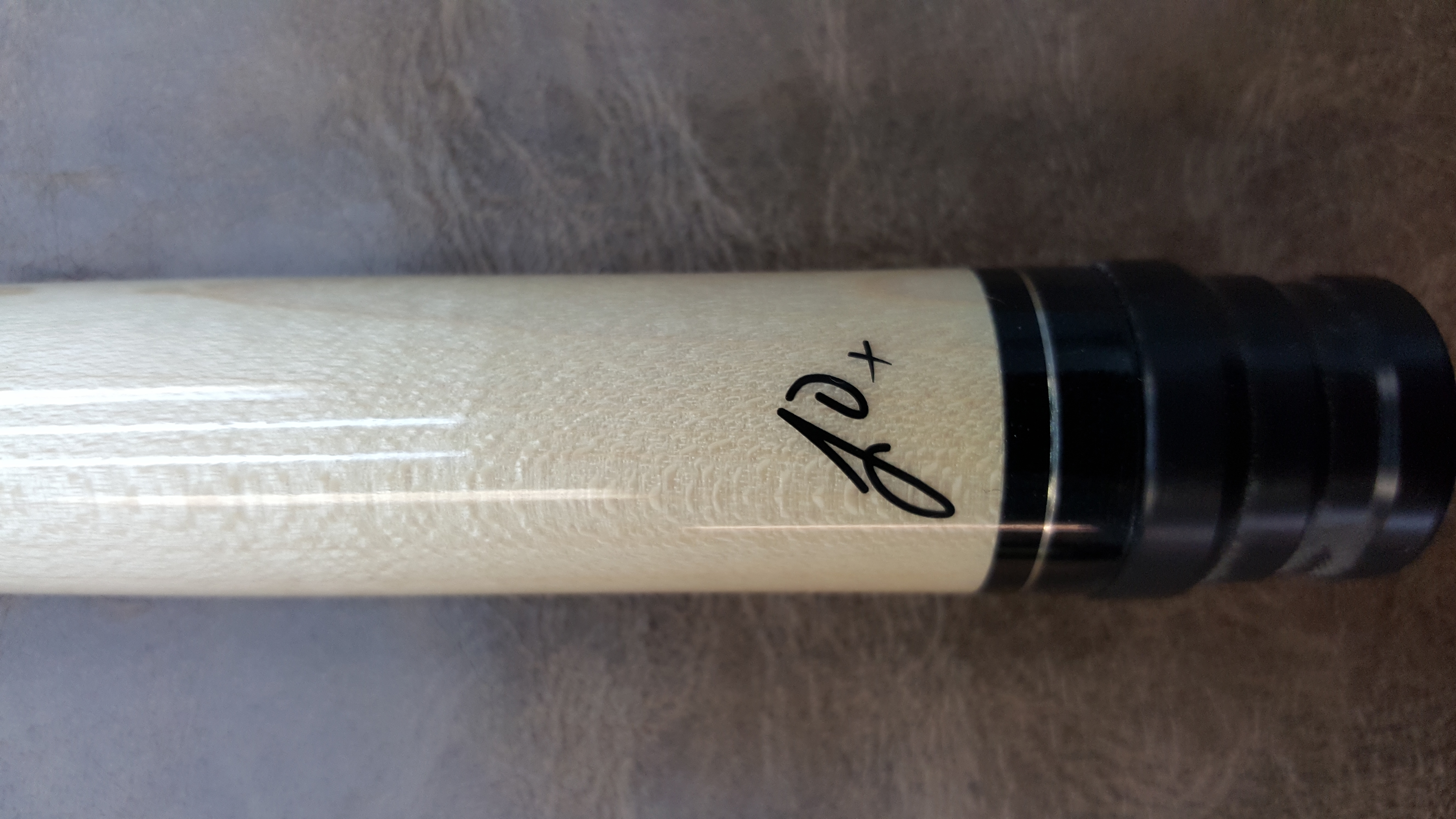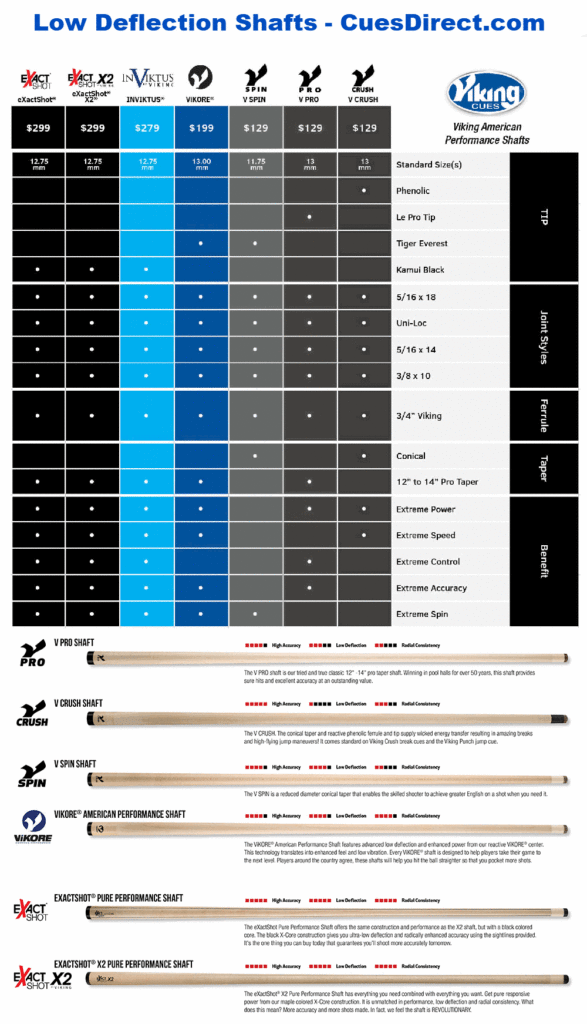Why Low Deflection Shafts Are A Game-Changer For Golfers
Imagine this: You're standing on the tee box, eyes locked on the fairway, and your grip tightens around your driver. You swing, and BAM! The ball takes off—but instead of a perfect trajectory, it curves wildly left or right. Frustrating, right? That's where low deflection shafts come into play. These specialized golf shafts are designed to minimize unwanted ball movement, giving you more control and precision. But what exactly makes them so special? Stick around, and we'll break it all down for you.
Let's face it, golf can be as much about equipment as it is about skill. While practice and technique are crucial, having the right gear can make a world of difference. Low deflection shafts are one of those game-changing pieces of equipment that can elevate your game. Whether you're a seasoned pro or just starting out, understanding how these shafts work can be a real advantage.
In this article, we'll dive deep into the world of low deflection shafts, exploring their benefits, how they compare to traditional shafts, and why they might just be the upgrade your golf bag needs. So, grab your clubs, and let's get started!
Read also:Pope Francis And Twitter The Modern Pope In The Digital Age
What Are Low Deflection Shafts?
Alright, let's start with the basics. Low deflection shafts are specifically engineered golf shafts designed to reduce the amount of flex or "deflection" during your swing. This means that when you make contact with the ball, the shaft doesn't bend excessively, leading to a more stable and controlled shot. It's like having a steady hand even when your swing speed is at its max.
But why does this matter? Well, excessive shaft deflection can cause the clubface to twist, leading to shots that veer off course. By minimizing this deflection, low deflection shafts help maintain the clubface's alignment, resulting in straighter shots and better accuracy. It's all about consistency, and that's what every golfer craves.
How Do They Work?
Now that we know what low deflection shafts are, let's talk about how they actually work. The key lies in the materials and design. These shafts are typically made from advanced composites like high-modulus graphite, which offers strength and rigidity without adding unnecessary weight.
- Advanced materials reduce shaft flex.
- Consistent performance across various swing speeds.
- Improved energy transfer to the ball.
When you swing a club with a low deflection shaft, the energy you generate is transferred more efficiently to the ball, resulting in longer and straighter shots. It's like having a turbocharged engine under the hood of your golf cart—more power, less wasted energy.
Benefits of Using Low Deflection Shafts
So, what's in it for you? The benefits of using low deflection shafts are numerous, and they cater to golfers of all skill levels. Let's break them down:
1. Increased Accuracy
One of the most significant advantages of low deflection shafts is the boost in accuracy they provide. By keeping the clubface square at impact, these shafts help eliminate those pesky hooks and slices that can ruin an otherwise great round. It's like having a GPS for your golf ball, guiding it straight down the fairway.
Read also:Pope Francis At The Vatican A Journey Through Faith Leadership And Compassion
2. Enhanced Distance
Who doesn't want to hit the ball farther? Low deflection shafts improve distance by ensuring that more of your swing's energy is transferred to the ball. This means you can achieve longer shots without having to swing harder, reducing the strain on your body and improving your overall performance.
3. Better Control
Control is everything in golf, and low deflection shafts give you just that. With less shaft flex, you have more control over the club's movement, allowing for more precise shots. Whether you're aiming for the pin or trying to avoid a bunker, this level of control can be a game-changer.
4. Consistency Across Swings
Consistency is key in golf, and low deflection shafts help maintain that consistency. Whether you're swinging at full speed or taking a more measured approach, these shafts deliver reliable performance every time. It's like having a trusty sidekick who always has your back.
Who Should Use Low Deflection Shafts?
Now that we've covered the benefits, you might be wondering who can benefit from using low deflection shafts. The answer is pretty much everyone! However, certain types of golfers may find them particularly advantageous:
- High Swing Speed Players: If you're someone who generates a lot of power in your swing, low deflection shafts can help you harness that power more effectively.
- Accurate Players: Golfers who prioritize accuracy over distance can use these shafts to maintain precision even at higher swing speeds.
- Beginners: New golfers can benefit from the stability and control that low deflection shafts provide, helping them develop good habits from the start.
No matter your skill level, there's a good chance that low deflection shafts can enhance your game. It's all about finding the right fit for your unique swing characteristics.
Low Deflection Shafts vs. Regular Shafts
So, how do low deflection shafts stack up against regular golf shafts? Let's take a closer look:
Flexibility
Regular shafts tend to have more flex, which can be both a blessing and a curse. While some golfers prefer the feel of a more flexible shaft, others find it difficult to control. Low deflection shafts, on the other hand, offer less flex, providing a more stable platform for your swing.
Weight
Low deflection shafts are often lighter than regular shafts, which can make them easier to swing. This reduced weight doesn't compromise strength, thanks to the advanced materials used in their construction. It's like having a feather-light club that still packs a punch.
Performance
When it comes to performance, low deflection shafts generally outperform regular shafts in terms of accuracy and distance. The reduced deflection allows for more consistent ball striking, leading to better overall results on the course.
Choosing the Right Low Deflection Shaft
With so many options available, choosing the right low deflection shaft can be a bit overwhelming. Here are a few things to consider:
Swing Speed
Your swing speed is one of the most important factors to consider when selecting a shaft. Golfers with faster swing speeds may benefit from stiffer shafts, while those with slower swings might prefer something a bit more flexible.
Shaft Material
As we mentioned earlier, low deflection shafts are typically made from high-modulus graphite. However, some manufacturers also offer steel options. The choice between graphite and steel comes down to personal preference, but graphite tends to be lighter and more forgiving.
Price
Low deflection shafts can vary widely in price, depending on the brand and materials used. While it's tempting to go for the cheapest option, investing in a quality shaft can make a significant difference in your game. Remember, you get what you pay for!
Tips for Maximizing Performance with Low Deflection Shafts
Once you've chosen the perfect low deflection shaft, it's time to put it to work. Here are a few tips to help you get the most out of your new equipment:
- Practice Your Swing: Spend time on the driving range getting used to the feel and performance of your new shaft.
- Adjust Your Technique: Low deflection shafts might require slight adjustments to your swing to fully realize their benefits.
- Consult a Pro: If you're unsure about how to integrate your new shaft into your game, consider working with a golf professional for personalized advice.
Remember, equipment upgrades are just one piece of the puzzle. Continued practice and refinement of your skills will ultimately lead to the best results.
Real-World Success Stories
Don't just take our word for it—plenty of golfers have experienced success with low deflection shafts. From amateur players to professional tour pros, these shafts have proven their worth time and time again. Here are a few examples:
- PGA Tour Players: Many top golfers have switched to low deflection shafts and seen immediate improvements in their performance.
- Amateur Golfers: Everyday players have reported increased confidence and better scores after making the switch to low deflection shafts.
These real-world examples highlight the effectiveness of low deflection shafts in enhancing golf performance. It's not just hype; the results speak for themselves.
Common Misconceptions About Low Deflection Shafts
As with any new technology, there are misconceptions surrounding low deflection shafts. Let's clear up a few of the most common ones:
1. They're Only for Pros
Wrong! While professional golfers certainly benefit from low deflection shafts, so do amateurs. In fact, beginners can find them particularly helpful in developing a consistent swing.
2. They're Too Expensive
While some high-end models can be pricey, there are plenty of affordable options available. You don't have to break the bank to enjoy the benefits of a low deflection shaft.
3. They're Only for Drivers
Low deflection shafts aren't limited to drivers. They can be used in irons, woods, and even putters, offering improved performance across your entire set of clubs.
Conclusion
Low deflection shafts are a powerful tool in any golfer's arsenal. Whether you're looking to increase accuracy, enhance distance, or gain better control, these specialized shafts can help take your game to the next level. By understanding how they work and choosing the right one for your swing, you can unlock their full potential.
So, what are you waiting for? Head to your local golf shop or browse online to find the perfect low deflection shaft for you. And once you've made the switch, don't forget to share your experience with us in the comments below. Who knows, you might just inspire someone else to make the leap!
Daftar Isi
- Why Low Deflection Shafts Are a Game-Changer for Golfers
- What Are Low Deflection Shafts?
- How Do They Work?
- Benefits of Using Low Deflection Shafts
- Who Should Use Low Deflection Shafts?
- Low Deflection Shafts vs. Regular Shafts
- Choosing the Right Low Deflection Shaft
- Tips for Maximizing Performance with Low Deflection Shafts
- Real-World Success Stories
- Common Misconceptions About Low Deflection Shafts
Article Recommendations


